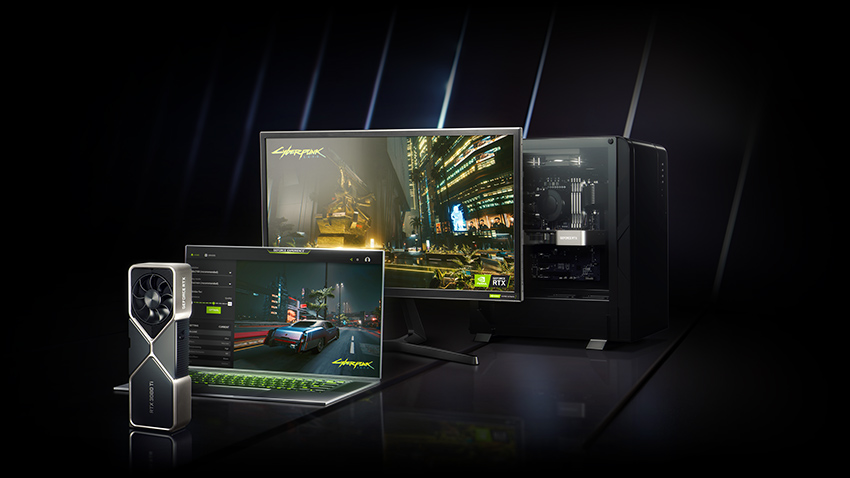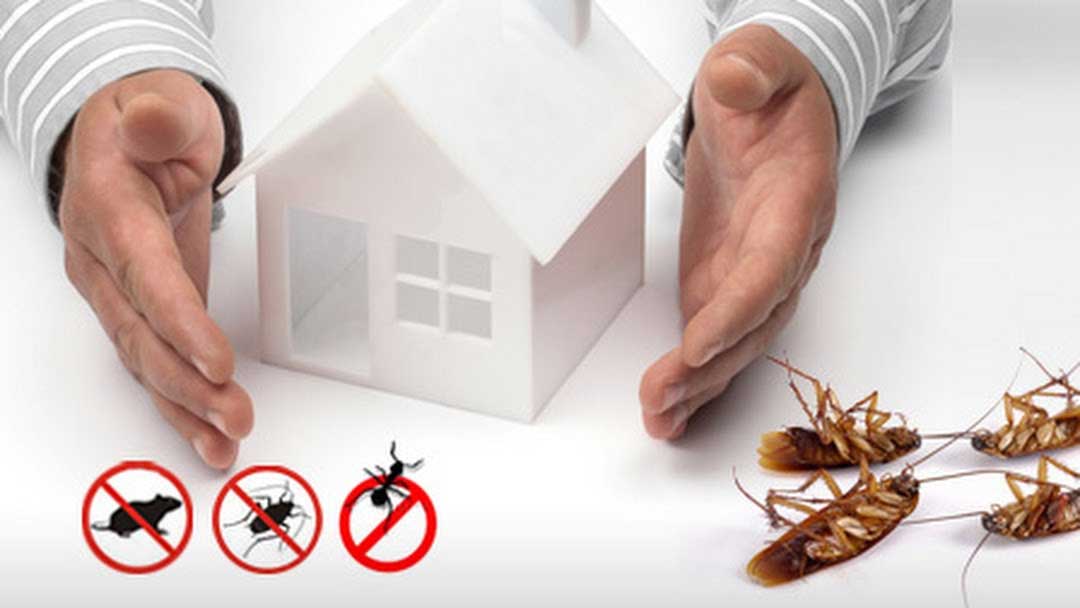With the rise of cryptocurrency, it’s no surprise that people are flocking to the blockchain. They’re using it to buy and sell goods, make payments online, exchange money with friends and family members and even swap busd to eth. If you’re looking to do this yourself, keep reading! We’ll walk through all of your options for cross-chain swaps so that by the end of this article you’ll be ready to trade your BUSD for ETH (or vice versa).
BUSD to ETH Cross-Chain Swap
Stablecoins are cryptocurrencies that are pegged to the value of another asset, such as gold or the US dollar. They allow users to trade in and out of them easily, without having to worry about fluctuations in price. Stablecoins also act as a hedge against volatility in other assets like stocks or bonds and even cryptocurrencies themselves! If you’re worried about Bitcoin dropping below $3k again anytime soon (or ever), then buying some BUSD might be just what you need to ensure your investment doesn’t go down the drain when things get rocky on Coinbase’s trading platform (which could happen at any time).
Cryptocurrencies like Ethereum aren’t tied down by anything other than their own intrinsic value: they’re not backed by any government or bank; they aren’t linked directly with any fiat currency like USD; instead they exist solely on their own merit based on supply/demand dynamics within markets worldwide where people buy/sell/trade them freely based off market prices determined through demand curves generated through supply curves generated by miners who use computer power from graphics cards (GPUs) installed within computers connected together via networks called ‘miner farms’ located all over world where electricity costs less than average prices found elsewhere due to proximity between locations where these farms operate – which means it takes less money overall per hour spent mining than doing so elsewhere
How to Trade BUSD on Crypto Facilities
To get started, you will need to create an account on the Crypto Facilities website. This can be done by clicking “Register” in the upper right corner of their homepage. Once you have registered and logged into your account, go to “Deposit” at the top-right corner of your screen and select USD from their dropdown menu of currencies (if you don’t see USD listed here, click on More Currencies). You will then be prompted to enter how much money you want to deposit into your new account the minimum amount required is $100 but no maximum exists and choose how long it takes for this deposit to clear (usually 24 hours).
Once your deposit has been processed by Crypto Facilities’ bank partner Lloyds Bank International Limited (LBIN), head back over toward “Trade” at the top left corner where there should now be a button labeled “Fund Account.” Clicking this button will bring up another window where two options are presented: “Bank Transfer” or “Interbank Market Order.” Choose whichever one best suits your needs; both options allow users who don’t have any crypto assets yet still want access through CFD trading platforms like BUSD/ETH pairs do so without having anything at risk since they’ll only be trading against other users’ positions instead!
Coins mining
Besides trading and exchanging cryptocurrency, there is always a great way to mining. Every year this kind of activity is gaining momentum because it is a profitable business that in the long term brings a very good profit. If you are interested in this and start choosing equipment, you should read the article about FPGA mining vs ASIC mining. It will help you better understand what you need for successful cryptocurrency mining and get more into this field!
Learn how to cross-chain swap BUSD for ETH and vice versa.
Cross-chain swaps are a new way to buy and sell cryptocurrencies. They allow you to exchange one type of token for another, without having to go through an intermediary like a cryptocurrency exchange. In this guide we’ll explain how cross-chain swaps work, as well as provide step-by-step instructions on how to do them yourself!
Cross-chain swaps are possible because each blockchain has its own unique transaction history or ledger that records all transactions made within that network. For example: if I send 1 ETH from my wallet address (also known as an Ethereum key pair) over to your wallet address (another Ethereum key pair), then both our ledgers will record this transfer as having occurred between us at some point in time – even though we didn’t actually use any third party services such as exchanges or payment processors during the process!
Conclusion
We hope you’ve found this article to be informative and helpful in your quest to understand cross-chain swaps. As always, we encourage you to do your own research before making any decisions or investments. Please feel free to reach out with any questions or comments!





